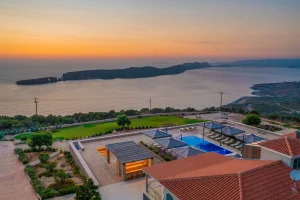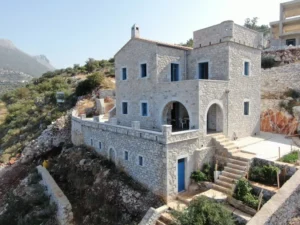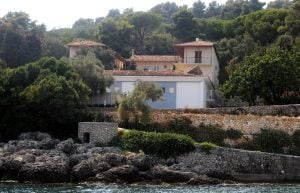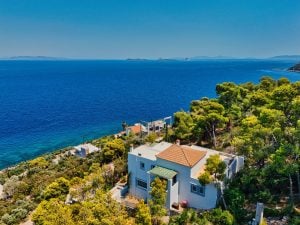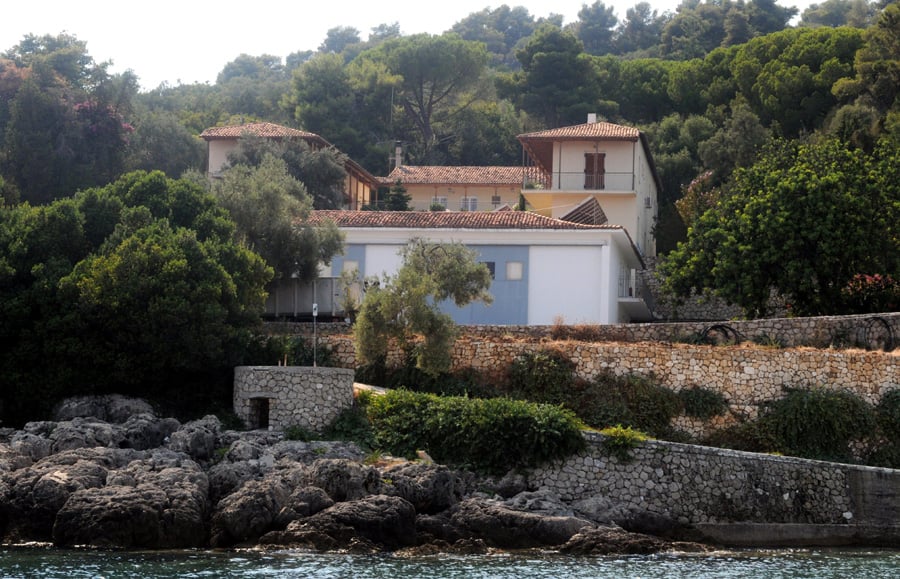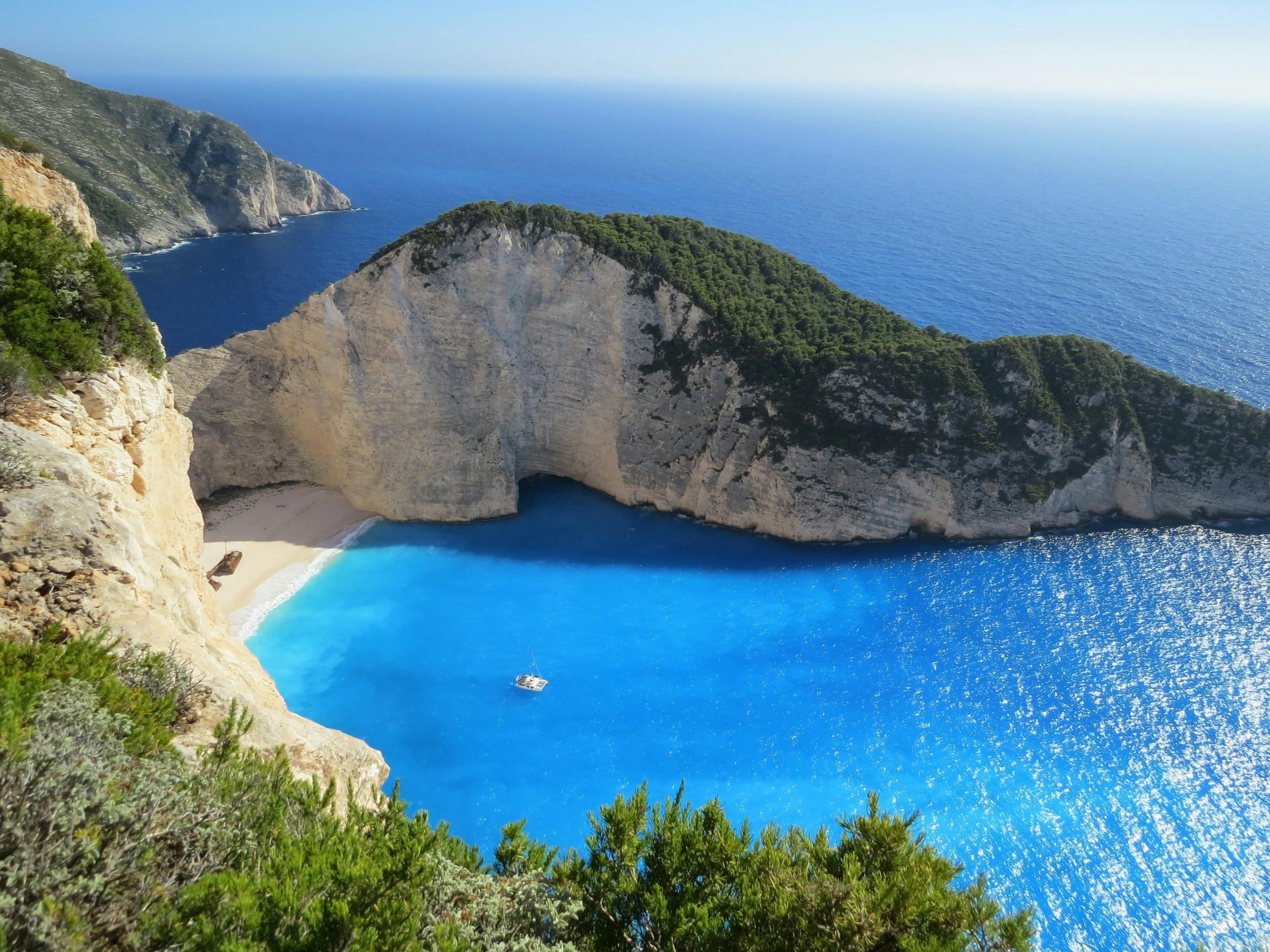Rising Tourism Puts the Peloponnese in the International Spotlight
Something special is happening in the Peloponnese. Once mainly known to Greeks and a few in-the-know travellers, this sun-drenched region is now firmly stepping into the international spotlight.
Tourism across the Peloponnese surged this summer, with impressive increases in arrivals and revenue showing that visitors are finally discovering what locals have known for years; This is one of the most beautiful, authentic corners of Greece.
What About the Numbers?
According to official data from the Region of Peloponnese, arrivals at Kalamata International Airport grew by almost 10% (9,8%) between January and August 2025 compared to the same period last year. Demand for direct flights came mainly from the UK, Germany, and the Netherlands, countries that also lead foreign property interest in southern Greece.
Recent data from the Bank of Greece reveal that the Peloponnese region recorded significant increases in key tourism performance indicators across major foreign markets. For instance, overnight stays rose from 1.87 million to 2.27 million (+21.3%), visitor arrivals increased from 271,800 to 347,100 (+27.8%), and travel receipts jumped by 43%, reaching €158.6 million compared to €110.9 million the previous year.
This steady growth highlights the region’s expanding reach and rising profile among international travellers. For investors and foreign homeowners, it’s another sign that the Peloponnese’s tourism market is maturing, supported by solid infrastructure and genuine appeal. As tourism grows, so does interest in Peloponnese real estate, with more international buyers exploring the region for second homes and investment opportunities.
What Does the Peloponnese Offer?
From Nafplio’s neoclassical charm and Messinia’s olive-covered hills to the rugged beauty of Mani and the beautiful beaches of Kalamata and Pilos, the Peloponnese feels like a collection of small worlds within one peninsula.
Unlike some islands like Santorini or Mykonos, where prices and crowds can rise quickly, the Peloponnese offers space, variety, and excellent value for money. With tourism numbers climbing, demand for rentals and holiday homes is naturally increasing as well.
How Strong is the Current Level of Connectivity?
Kalamata International Airport’s growth is boosting the region’s tourism profile and strengthening its role as a hub for development and innovation. More international connections mean easier access for visitors and homeowners alike, strengthening the area’s position as a gateway to southern Greece.
As Deputy Governor for Tourism Thanos Michelongonas explained, the Peloponnese remains focused on “improving accessibility, shaping a strong regional identity, and supporting integrated tourism development.”
What’s the Future Plan?
Through initiatives like Visit Peloponnese Connect, the region is bringing tourism, gastronomy, and culture together under one umbrella, and this is a sign of a destination ready for its next chapter. This regional ecosystem encourages professionals and organisations in tourism, culture, gastronomy, and other extroverted sectors to become members. By registering, interested parties are informed about opportunities for promotion and outreach, participate in international activities, and establish partnerships.
The above data create strong prospects, transforming the Peloponnese into an attractive destination. This long-term planning makes the region even more appealing for those considering travelling, investment or even relocation, combining lifestyle with stability.
Ultimately, the Peloponnese’s beauty lies in its balance between authenticity and progress, between quiet villages and modern opportunities. With rising tourism, expanding infrastructure, and a growing international community, the Peloponnese is shaping up to be one of Greece’s most dynamic regions, not just for travellers but also for foreign buyers and investors looking for long-term potential in the heart of the Mediterranean.


